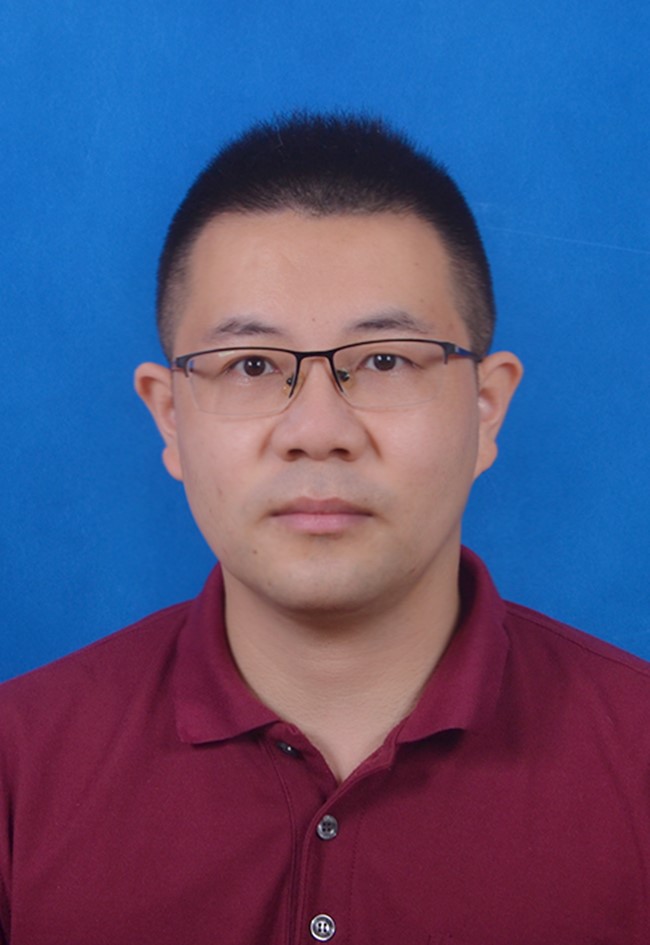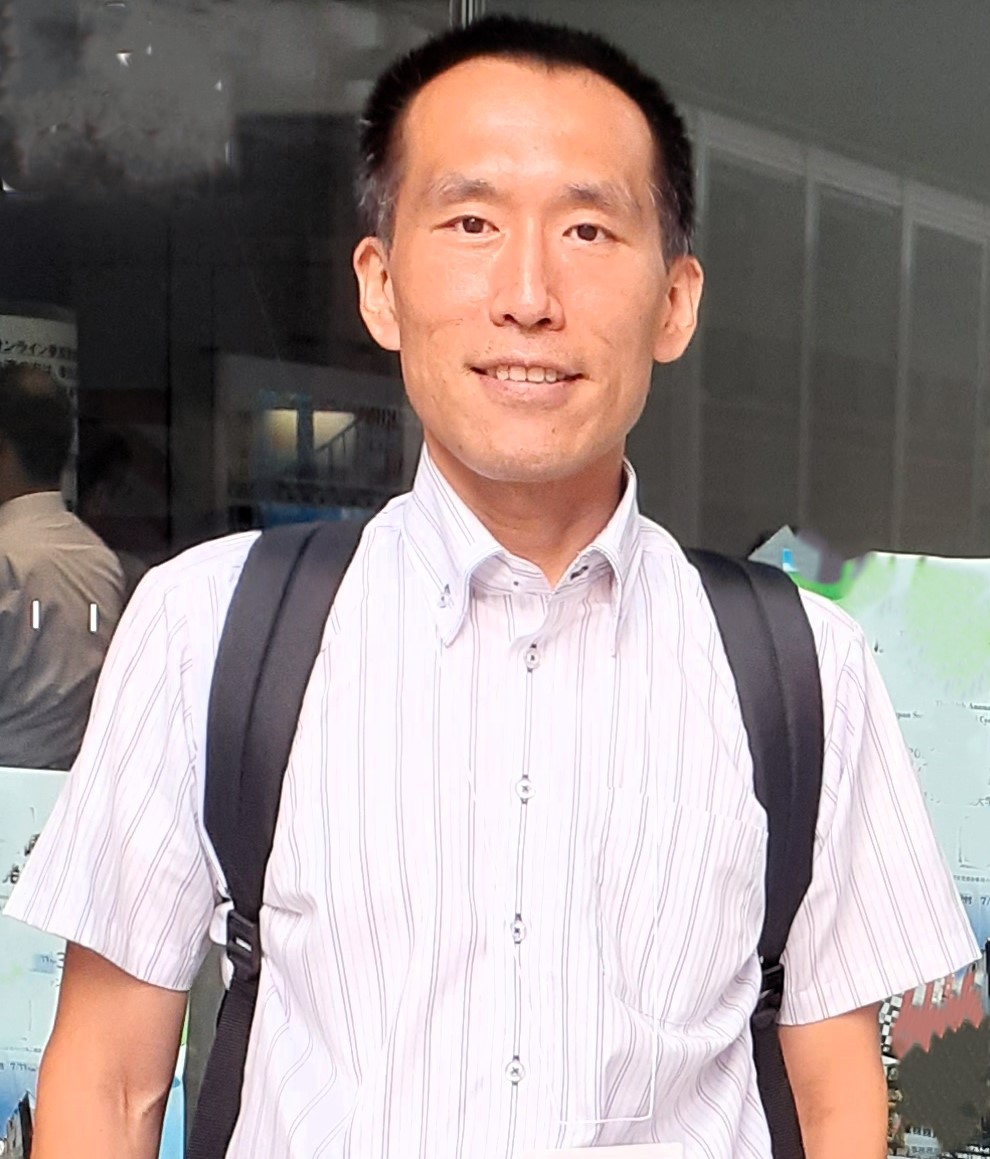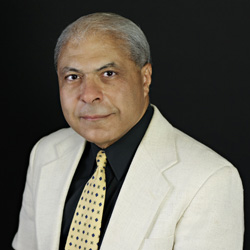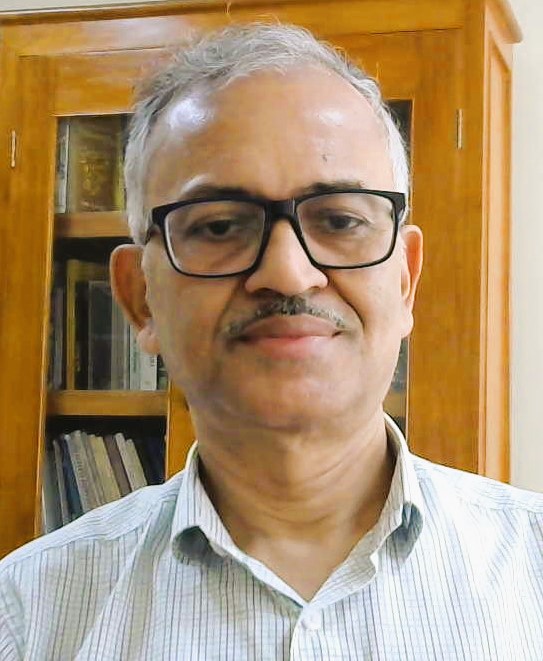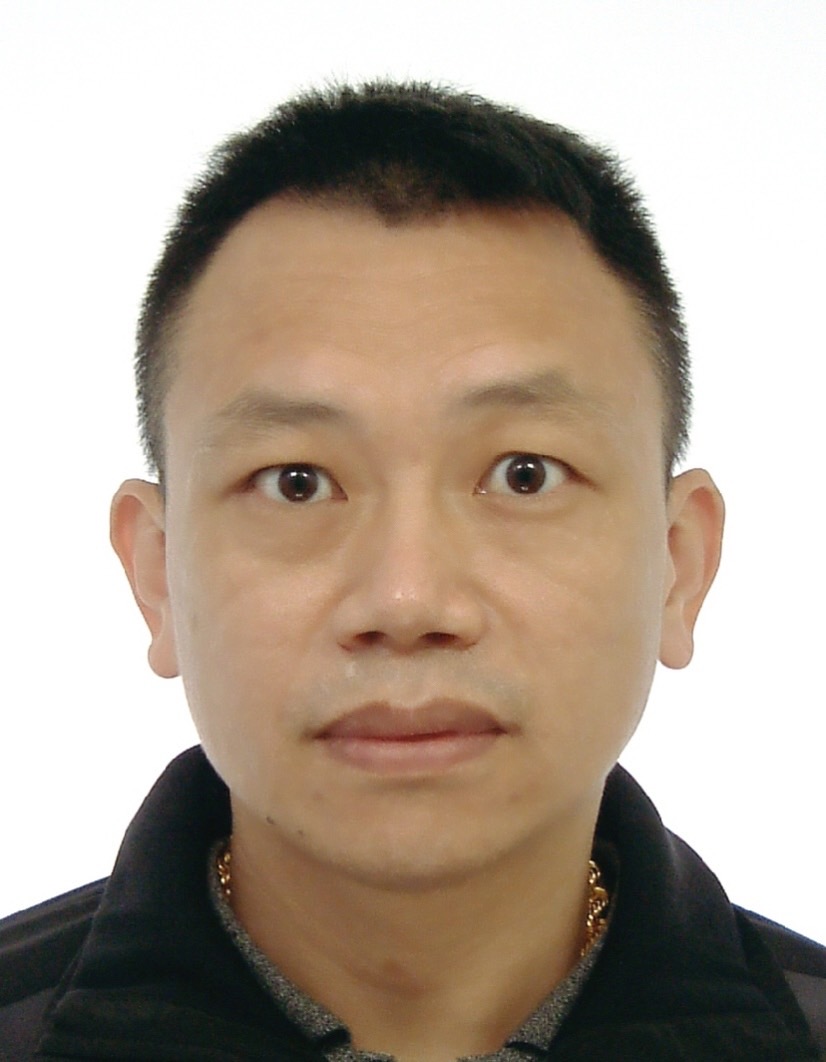 Invited Speakers
Invited Speakers
Prof. Jianxiong Zhu
School of Mechanical Engineering, Southeast University, ChinaSpeech Title: Charge Transportation from Functional Materials and Structure Designs for High-Voltage Ion Dischage Applications
Abstract: A conversion from mechanical energy into direct current is of great interest for ion discharge applications. First, inspired by ancient waterwheel transport water and P–N junction theory, a continuous DC nanogenerator was developed using charges transportation and dual-intersection triboelectric nanogenerators. By employing tribo-polarity reversal porous material as a charges transportation carrier sliding among the ultra-negative and ultra-positive materials, the charges were unidirectionally transported by the discharge of repulsion via line electrodes, forming a stable DC output. Due to the charge transport and repulsive discharge, a much higher DC output voltage was easily obtained than the air breakdown mechanism. Furthermore, ion mobility analysis is a well-known analytical technique for identifying gas-phase compounds in fast-response gas-monitoring systems. With those mentioned technologies, based on the charge accumulation mechanism, a multi-switched manipulation triboelectric nanogenerator can provide a direct current bias at the order of a few hundred, which can be further leveraged as the power source to obtain a unique and repeatable discharge characteristic of different VOCs, and their mixtures, with a special tip-plate electrode configuration. Aiming to tackle the grand challenge in the detection of multiple VOCs, the ML-enhanced ion mobility analysis method was successfully demonstrated by extracting specific features automatically from ion mobility spectrometry data with algorithms, which significantly enhance the detection ability analyzer, showing a portable real-time gas monitoring solution with rapid response and low power consumption for future internet of things based environmental monitoring applications.
Dr. Diana Enescu
Department of Electronics, Telecommunications and Energy, VALAHIA University of Targoviste, Romania;Physical Thermodynamics Unit, INRiM, Torino, Italy
Speech Title: Thermoelectric Refrigerators: A Flexible Solution for Energy Services
Abstract: Thermoelectric coolers (TECs) are constructed with a solid-state energy-conversion technology that exploits the Peltier effect to convert electrical energy into thermal energy for cooling. This technology is attracting increasing interest due to its advantages, such as the absence of moving parts, the use of non-toxic refrigerants, and robustness. Thermoelectric refrigerators (TERs) are manufactured based on TECs together with control systems to maintain the temperature in the desired range. The presentation initially addresses the basic principles of a TER unit. The TER structure and the key energy indicators, such as cooling capacity, input electrical power, figure of merit, and coefficient of performance to represent the design and performance of the TEC inside the TER, are illustrated. TERs also have the potential to be a valuable tool for managing electricity demand and providing energy services through demand response programs to reduce peak electricity demand and improve grid efficiency. In this respect, this presentation discusses how a TER aggregation can meet the grid operator's requirements for modifying the demand while minimizing the information exchange between the TER aggregator and the individual refrigerators. This approach enables bidirectional flexibility in energy consumption, allowing a collective array of loads to provide essential grid-balancing services.
Dr. Richao Cong
Institute of Environmental Science and Technology, University of Kitakyushu, JapanSpeech Title: How and why did fossil fuel use change in Fukushima Prefecture before and after the Great East Japan Earthquake?
Abstract: The Great East Japan Earthquake (GEJE) in March 2011 greatly changed the spatial pattern of energy use in Fukushima Prefecture. The previously nuclear-reliant energy policy has transformed, with energy now generated mainly by fossil fuels and renewable sources. The spatio-temporal variation of fossil fuel use and the major causes of these changes have not previously been fully clarified. This study quantified the annual fossil fuel use in eight user sectors at high spatial resolution using a bottom-up approach. The total fossil fuel use in Fukushima is estimated to have increased by about 91,233 TJ from 2010 to 2015, despite decreases in most socioeconomic indicators. The increase was mainly attributed to changes in electricity generation (104,521 TJ). The three sectors with the greatest decrease in energy use were road transportation (-7159 TJ), industrial and commercial (-3608 TJ), and residential (-2334 TJ). Spatial analysis using high-resolution maps identified areas of increased energy use mainly in central, southeastern, and northeastern Fukushima and confirmed some local variations in energy use by sector. It showed that decreasing energy use in the area within 20 km of the Fukushima Daiichi Nuclear Power Station resulted in increased use in areas located >20 km from the power station. Sensitivity analysis clarified the relations among factors underlying each sector’s changing energy use before and after the GEJE. For instance, consider the electricity generation sector: reduced energy use was caused by decreased energy use intensity (-23,299 TJ) and the increased use of biomass (-4848 TJ), whereas increases were caused by rising utilization efficiency (102,410 TJ) and increased electricity generation capacity (35,988 TJ), which led to a large overall increase for this sector (104,521 TJ). However, road transportation’s negative energy use change (-7159 TJ) arose owing to decreased traffic volumes (-7573 TJ) and decreased energy use intensity (-7177 TJ), despite some positive energy use changes caused by the increased proportion of large vehicles (3684 TJ) and changes in mean travel speed (1381 TJ). The approach used in this study will be helpful for policy makers to evaluate spatio-temporal variations and develop policies to reduce energy use in response to unusual local events.
Prof. SA Sherif
Department of Mechanical and Aerospace Engineering, University of Florida, USASpeech Title: Viability of Liquid Hydrogen in a Hydrogen Economy: Potential and Problems
Abstract: In the past few years there has been a very significant drive worldwide towards transitioning to a hydrogen energy system where hydrogen as an energy carrier is produced by a primary energy source such as solar energy. In the United States, the US Department of Energy has made a strategic shift towards implementing such an energy system in all aspects of the economy and has taken concrete steps towards achieving highly ambitious targets in that effort. One aspect of the transition to a hydrogen economy is establishing a viable system for hydrogen storage. This can generally be achieved through gaseous storage, liquid storage, slush storage, or metal hydride storage. Each one of these methods comes with its own challenges and opportunities. The purpose of this presentation is to examine the viability and problems associated with liquid hydrogen storage.
Prof. Gour Gopal Roy
Metallurgical & Materials Engineering, Indian Institute of Technology Kharagpur, IndiaSpeech Title: RHF-EAF a Sustainable Route of Steelmaking: An Exergy Analysis
Abstract: The efficient resource use with minimal energy correlating with process exergy efficiency characterizes a sustainable steelmaking process. This parameter depends on fuel type, secondary energy input such as electricity, and steel scrap utilization ability. Exergy analysis and CO2 emission of dual fuel RHF-EAF process are studied using mathematical models and compared with coal-based processes like BF-BOF and COREX-BOF. Following exciting results emerge from the study. Although BF-BOF always yields lower total exergy loss values at lower scrap levels than the RHF-EAF process, at higher scrap levels (50% scrap), RHF-EAF yields lesser total exergy loss, which further decays on hot charging of the DRI produced. RHF-EAF processes always produce higher gas-based exergy efficiency at similar scrap levels. Considering the conversion of product gas exergy to generate electricity, metal-based exergy indices of RHF-EAF processes are superior or comparable to coal-based BF-BOF and COREX-BOF processes. Net CO2 emissions through RHF-EAF processes are comparable to the BF-BOF process. Again, considering product gas conversion to electricity and carbon credit, CO2 emission from the RHF-EAF system is always lower than the BF-BOF process.
Prof. Koushik Biswas
Department of Metallurgical and Materials Engineering, Indian Institute of Technology Kharagpur, IndiaSpeech Title: Li-Ion Battery (LIB): Design Guidelines, State-of-the-Art and Future Sustainable Solution
Abstract: Due to increasing demand of power and energy sources, the design and fabrication of low-cost and renewable energy storage devices have become a new challenge. Mostly commercially available and scalable energy storage systems are based on either Lead-acid based or Lithium-ion battery (LIB). Though the Lead-acid battery technology is safe but suffers from low energy density with limited cycle life. Chemistry of Li battery technology has been well understood and leading the market due to high energy density and low-capacity decay upon charge-discharge. Till date, lithium-ion batteries are the state-of-the-art electrochemical energy storage technology for stationary (electronic devices and storage) and movable (EVs) applications. Herein, a comprehensive overview of very recent trends concerning important lithium ion battery systems will be discussed highlighting relative advantages and disadvantages of them.
Moreover, the materials design aspect in light of density functional theory (DFT) will also be addressed. DFT is a powerful tool to predict and characterize the component materials for lithium ion battery. It can envisage the stability of the component materials by from the atomic/ionic arrangements in the unit/supercell, can predict the overall conductivity, energy density and electro-chemical performances. A priori prediction can be made on the effect of intercalation/de-intercalation to the different structures (viz. Li2FeSiO4, Li2FeVO4 and LiFeTiO4), electronic states and electrochemical properties of them. This will give a thorough insight of the functional properties of these oxide materials and thus help to select them for cell fabrication. Thus, density functional theory can provide an insight into structural stability, density of state calculation, band gap estimation and overall electrode performance.
For sustainable battery technology, most global or national projects/companies focus on in-house development of recycling processes. However, most of these technologies are inefficient and use expensive hydrogen peroxide as reductant for dissolution of Co and Mn from the batteries (Li-MNCs). In view of this, an approach to use efficient reductant to produce new batteries from end-of-life batteries with an aim for energy and resource efficient recycling.
Prof. Sheng-Hung Wu
Research Center for Energy Technology and Strategy, National Cheng Kung UniversitySpeech Title: Energy Analysed and Management of Ventilation System Designed
Abstract: The effect of global warming was analysed and determined widely worldwide. According to the greenhouse gases (GHGs) inventory standard of ISO 14064-1:2018, six categories of GHGs emission were assessed and calculate the amount of emission globally. Plenty of techniques including a combustion technical development and a ventilation technical development were employed to evaluate and to solve the effect of global warming. This study was applied to design and calculate the model of ventilation system that can reduce the parameter involving the pressure loss (PR) and increase the suction velocity (Vs) in a duct of local ventilation system and can reduce the energy use. In view of energy and power saving and the effect of global warming reduction, a combustion technical development and a ventilation technical development were necessary.
Prof. Gernot Müller
Institute of Mathematics, University of Augsburg, GermanySpeech Title: Risk Management for Intraday Electricity Markets
Abstract: At the European Energy Exchange (EEX) a huge variety of energy derivatives are traded for many European countries as well as for Japan, e.g. Japanese Power Kansai Area Futures or Tokyo Area Power Futures. In the past years the increasing infeed from renewable energies became responsible for a large part of the variation in electricity prices at the EEX. In particular, the intraday market is highly dynamic with outstanding liquidity and steadily increasing traded volumes. Hence, risk management for the intraday market is challenging and an important topic for all market participants.
In this talk we look at several new statistical approaches for modeling and forecasting electricity prices. The target of the analyses are two price indices used for the intraday market at the EEX, ID3 and IDFull, which both represent weighted average prices over different time periods before delivery. In particular, we setup a Bayesian approach for forecasting the price spread between the intraday and the day-ahead market using predictive distributions. This way we can produce forecasts for the price trends on the intraday market and, in addition, assess the quality of these forecasts using predictive probabilities. Finally, we also investigate whether the forecasting quality can be further improved using artificial intelligence, in particular combined learning.
A large variety of information about historical prices as well as current weather forecasts are incorporated in the analyses as covariates or exogenous stochastic processes. The dependency of prices on renewable energies can be represented in flexible ways, which allows to vary price spikes both in direction and size according to the generation of wind and solar power.
This talk is based on several joint work with Daniel Lingohr, Daniel Nickelsen and Sebastian Uhl.

